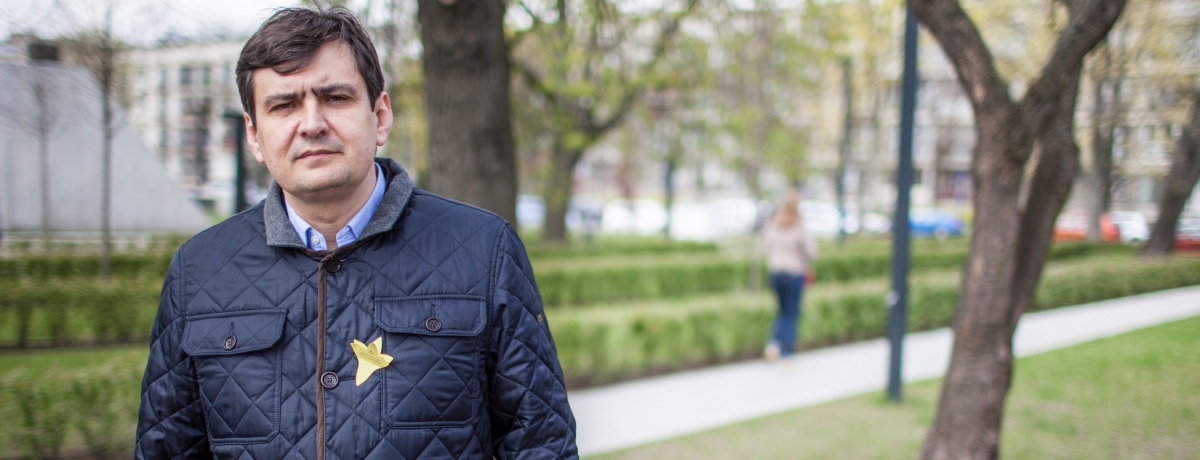My first encounter with Jewish matters and the Jews occurred when I was a child and is connected to holiday cards my father would receive from Henryk Szaniawski. At the time, my parents told me that the cards are from a Jewish man from Lelów, Chaim Środa, who was helped by my grandfather Kazimierz Skrzypczyk during World War II. I think that if it weren’t for those cards and my grandpa’s attitude, I would not have become an activist. What is also significant is that this history has been passed down in my family to me with an obligation to remember. There is one more story in our family: apart from those who helped, there were also those who forced their way into my grandfather’s house and tried to murder their Jewish neighbors. This is another testimony I received as family inheritance. I know both of these stories very well – in my mind, they function alongside each other and have accompanied me to this day. I took them with me when I left to attend high school in Częstochowa and then pursued a degree in Polish in Łódź. In the course of my studies I would constantly encounter Jewish tropes in Polish literature and explored the fascinating world of Polish Jews and its tragic end during the Holocaust. When I returned, I realized that both in Lelów – where I live – and in Szczekociny – where I work as a teacher – I can meet Jews who are close; not those from the books I had read but those who had lived here for centuries and – to a large extent – were murdered in the Shoah. I also noticed that the memory of these Jews has been suppressed, and traces of their existence erased. This to me came as an authentic shock, but also served as a moment of illumination. Perhaps the latter was the light of tzaddik David Lelower? Perhaps it was the pain caused by the devastations of Jewish cemeteries in Szczekociny and Lelów? Or the recalled local residents’ stories about their Jewish neighbors? Perhaps it was meeting the Holocaust survivors? Or all of it? I do not know, but something made me work towards bringing back the memory of Jewish past in my two towns.
Mirosław Skrzypczyk
Lelów / Szczekociny






